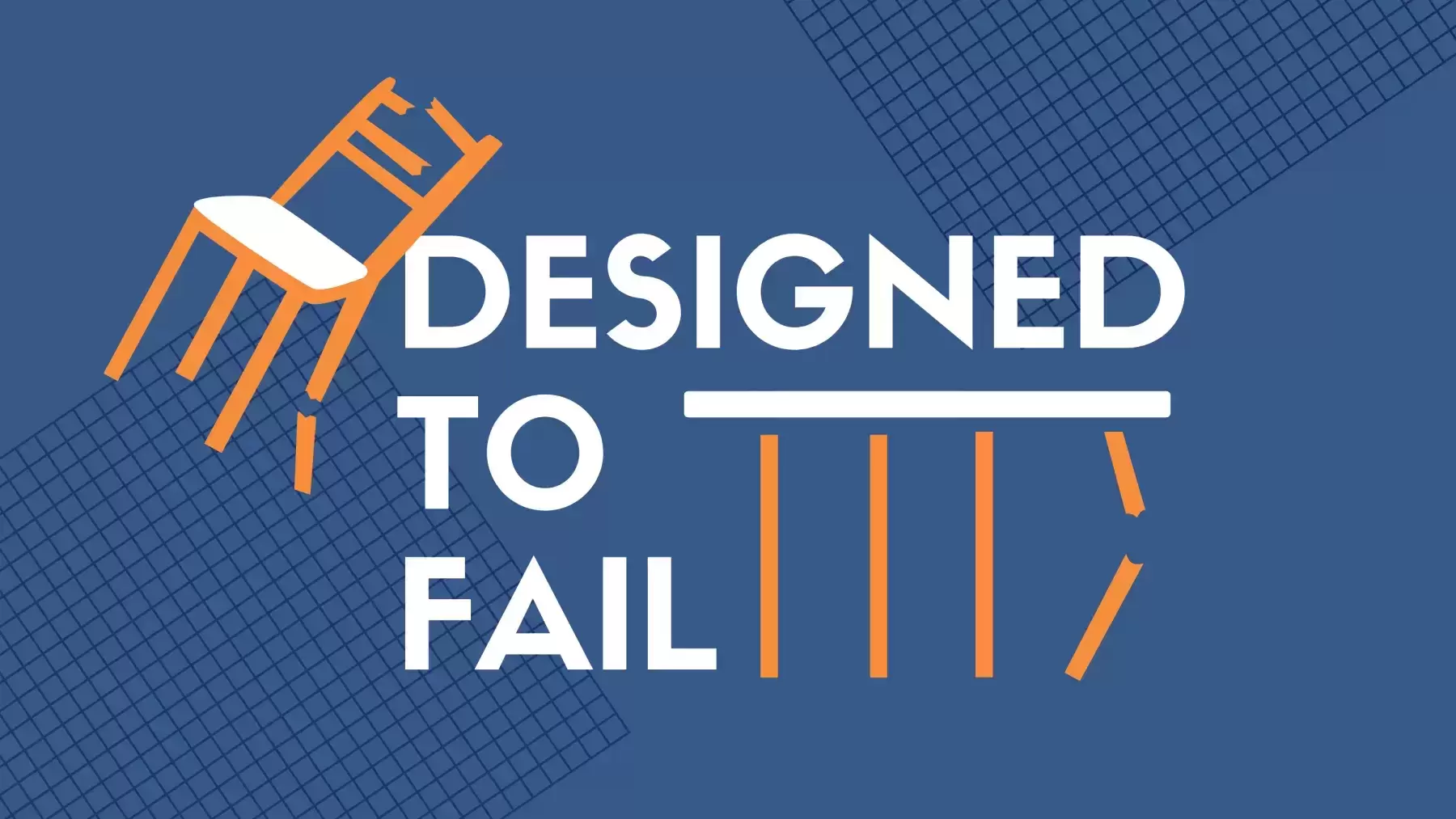
We at Mental Health America joined the rest of the behavioral health community in strongly supporting the new three-digit 988 Suicide and Crisis Lifeline. We actively participate in a coalition seeking to “reimagine crisis” by ensuring a behavioral health, rather than a law enforcement, response to mental health and addiction crises. We advocate for state and federal financing of the full continuum of a crisis system, from the Lifeline administrator and local call lines to mobile teams, peer respite, and crisis stabilization centers. However, low expectations driven by decades of law enforcement response to crises should not limit our imagination to a better way of handling crises.
Crisis is not a win.
In most areas of health care, the entire health system – physicians, insurers, families, and individuals – works together to prevent crises and promote wellness. For example, one of my daughters has asthma. Shortly after my daughter was prescribed medication by a pulmonary specialist, we received a call from our insurer wanting to provide case management and assistance. All of those involved with her care shared the goal of wellness. Our aim was not the bare minimum of keeping her out of the emergency room. Instead, we were focused on maintaining her health and quality of life at her full potential (which, in her case, included playing varsity field hockey on her high school team).
Designing a crisis system for success would include a thoughtful plan for each stage of mental health prevention.
Public health experts would call this tertiary prevention. That is a fancy way to say it is prevention in people who already have a health condition. It is important to also do primary prevention – targeting the whole population with education, universal screening, and other interventions – and secondary prevention – addressing those who are at risk or concerned about an emerging condition. Designing a crisis system for success would include a thoughtful plan for each stage of mental health prevention.
When 988 legislation passed, states were eligible for planning grants, first funded by philanthropy and then by the Substance Abuse and Mental Health Services Administration (SAMHSA). Several organizations created a crisis need calculator to help states anticipate their crisis needs and build out sufficient capacity for call lines, mobile teams, and crisis beds. A report detailing potential outcomes for the 988 system focused on developing metrics that were applicable once crisis services were received. These resources failed to address how a state could prevent crisis and measure to what degree they had reduced the trauma and pain associated with experiencing a mental health crisis, regardless of how that crisis is managed.
In addition to avoiding crises, there is also important work to be done to prevent repeat mental health emergencies. A study of youth ages 6-17 who had been admitted to an emergency room for behavioral health conditions found that less than a third of those studied had a follow-up outpatient visit within seven days, and approximately 55% had one within 30 days. Other studies confirm that hospital readmission rates for adults with mental illness exceed rates of other health conditions.
These resources failed to address how a state could prevent crisis and measure to what degree they had reduced the trauma and pain associated with experiencing a mental health crisis, regardless of how that crisis is managed.
What can policymakers do to promote wellness and prevent crises?
Develop a strategy.
First, it is important to develop a strategy at the federal, state, and local levels to implement an early intervention and prevention approach to avoiding crises. Federally, the Office of the Assistant Secretary for Planning and Evaluation (ASPE) recently led a major convening of experts and people with lived experience on advancing primary prevention in human services. ASPE developed an issue brief detailing how to strengthen families and intercept before children enter foster care and other human service systems. The Centers on Disease Control and Prevention (CDC), SAMHSA, and ASPE, should lead an effort to build on these recommendations and focus specifically on behavioral health. For states, both philanthropy and SAMHSA should invest in next-generation 988 planning processes focused on reducing crisis and specifically addressing how to develop outcomes and finance services that incentivize wellness. Localities should engage in similar efforts.
Develop and fund services designed to prevent crisis, such as peer support, family support, peer respite, and warmlines.
The mental health system is not responsive to the people served. Public and private payers often fund services based on downstream medical criteria designed to gatekeep expensive care, rather than promoting wellness and positive experiences for those receiving services. As a result, services that people find empowering and uplifting – such as peer support, peer respite, and warmlines – are funded by local grant programs, an annual and unstable source of funds. In contrast, crisis stabilization beds and hospitals are funded by payers as part of public and private insurance programs. This is beginning to change amidst growing data and recognition of the role of supportive services in preventing crisis, but much more needs to be done.
The mental health system is not responsive to the people served. Public and private payers often fund services based on downstream medical criteria designed to gatekeep expensive care, rather than promoting wellness and positive experiences for those receiving services.
Mental Health Minnesota, for example, has been able to receive funding from insurance companies based on its data they have collected from the Minnesota Warmline. Its survey data of warmline service recipients indicates 25% of all callers would use more intensive, higher-cost services, such as the emergency room, if they could not reach the warmline. In addition, 96% of callers were calmer at the end of the call, and less than 1% of all warmline calls require further crisis or emergency services at the time of the call. At a cost of $18 per call, that is significantly less than an emergency room visit, saving an estimated $3.75 million per year.
Peer-delivered services can also be an effective prevention service delivered by people who more closely reflect the populations served. The Medicaid peer support guidance was last issued in 2007, and much has changed in recent years. Peer respite is difficult to fund under Medicaid, and regulatory barriers often make it difficult to operate. Yet, these voluntary, short-term programs are welcoming to individuals and often can prevent the need for higher levels of care. The Centers for Medicare & Medicaid Services should work to remove barriers to funding these services and issue guidance specifically on preventive services.
Transition services should also be available as people move from crisis care or hospitals to the community, including the use of peers, intensive outpatient programs, and nurses. In addition, families need support and help navigating resources to address situations that have not yet reached a crisis but are beginning to escalate and cause stress. Family peer support, education, and therapy should be reimbursed and available to strengthen relationships and promote wellness of the individual and family.
Bring services and supports to people using mobile vans and community partners.
Mobile vans go to community members, rather than requiring them to come to clinics, and can reach communities that are not able to financially sustain a clinic. Recent federal efforts have expanded grant funding to Federally Qualified Health Centers to expand mobile van outreach. This funding, however, will need to be sustained and expanded.
Rural communities have especially benefited from these new options, which include mental health and substance use care. The Mental Health Association of Westchester used grant funds to outfit an RV into a mobile therapy clinic, which stops regularly at community centers in the area for walk-in appointments.
Other programs have been successful in training community members to offer support. These include barbers and athletic coaches. Some newer community-initiated programs are researching and digitally training community health workers, nurses, and midwives to deliver psychological interventions for mental health conditions and early child development. While not widely implemented, a peer navigator program, Familiar Faces, in Olympia, Washington, provides outreach to those with frequent interactions with emergency services to build relationships and connect people to housing and other supports.
Change standards for in-home intervention.
Many families and friends know the signs when someone begins to experience worsening mental illness symptoms, but they cannot get anyone to proactively respond until the individual is in a much worse state of distress. In fact, some mobile crisis teams, which are used to reduce the role of law enforcement in a mental health crisis response, have criteria that the person must be a danger to themselves or others. Requiring a situation to get worse before providing help is not a preventive strategy. Crisis teams should be able to visit homes where the situation is becoming stressful for the family or individual and there is a risk of escalation. This is critical for a deflection strategy that avoids law enforcement and encourages relationship-building with individuals and the people in their life who provide support.
Requiring a situation to get worse before providing help is not a preventive strategy.
Collect data, develop outcomes, and design financial incentives with the goal of wellness and crisis reduction.
Value-based care is coming more slowly to behavioral health than other areas of health care. As value-based models emerge, it is important that providers are held accountable and incentivized for wellness and stability. For example, Certified Community Behavioral Health Centers should collect data on the number and types of crisis interventions with the long-term goal of providing bonuses for wellness. Currently, the emphasis is on providing crisis care and avoiding hospitals, but these providers need to be gathering data and the National Institute of Mental Health should help them conduct research on decreasing crises. Similarly, other crisis providers and hospitals should be accountable for preventing repeat crisis care.
Implement preventive school policies and stop coercive, harmful practices that traumatize children.
Federal and state policymakers can promote prevention and early intervention in schools. However, in Florida, for example, a recent Washington Post article noted the disparate use of involuntary commitment of children, with some elementary-age children being handcuffed and transported by police from school with their parents unable to see them for 72 hours. In most of these instances, the children involved do not even receive treatment. Instead, they are warehoused and traumatized for several days, not to mention being deprived of their parent(s) or guardian(s)’ presence.
A prevention-focused crisis strategy would outlaw this practice immediately and, at a minimum, would require parental or guardian consent and presence throughout any hospital stay. In schools, more proactive approaches should be implemented at every level – whole school skill building, mental health literacy curriculum, universal screening, services for at-risk children, and linkages with community mental health providers to allow for quick access to care. For example, an exemplary program in Texas provides telehealth for crisis situations and linkages to care, avoiding the need to access any programs away from the family home and keeping children in their school community. Healthy Futures, an initiative led by Inseparable, has produced a school report card for each state with a roadmap to preventive practices.
Start with care, make crisis rare
Given the inequity and harms of law enforcement involvement in mental health crisis, the advocacy community has rightly unified around a call for a comprehensive health care response. However, we also must recognize the danger of the low expectations created by discrimination. People with mental health and addiction needs should have access to services and supports to be well, and all aspects – from strategy to implementation – should be designed to prevent crisis. Anyone who has ever been in crisis or supported someone through a crisis knows that crisis is not a win. Our collective goal should be to promote wellness.




